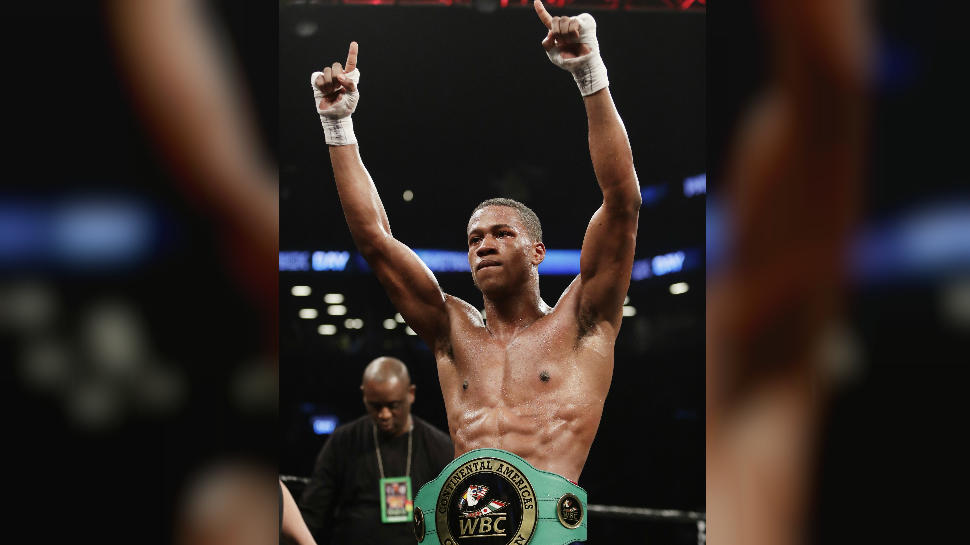
By Norm Frauenheim-
It’s a conflicted sport. That borders on redundancy. Boxing wouldn’t be what it is without conflict. Yet, Patrick Day’s death exposes all of the jagged fault lines that have always been there. Drama and death. What thrills, kills.
It’s all there, hard to explain and now hard to understand. The conflicting emotions from Day’s death four days after suffering traumatic brain injuries in a knockout loss to Charles Conwell figure to haunt the game for a while.
The business moves on. There’s a great fight Friday, Artur Beterbiev-Oleksandr Gvozdyk in Philadelphia. Promoters are calling the light-heavyweight bout (ESPN) a possible Fight of the Year. They’re right. It promises drama. It promises thrills.
Yet, it’s hard to look forward to the looming clash without some trepidation, some anxiety, even some anguish. Cheers will come with concern. Day’s death hangs over the game, leaving troubling questions and a search for answers that might not be there. Yet, the search must happen. Lou DiBella said it best in his statement in the wake of Day’s death Wednesday.
“It becomes very difficult to explain away or justify the dangers of boxing at a time like this,” DiBella said. “This is not a time where edicts or pronouncements are appropriate, or the answers are readily available. It is, however, a time for a call to action. While we don’t have the answers, we certainly know many of the questions, have the means to answer them, and have the opportunity to respond responsibly and accordingly and make boxing safer for all who participate.’’
DiBella, in effect, was making a heartfelt plea. Don’t let Day die in vain. Don’t let Maxim Dadashev and Hugo Santillan die in vain. Both died within days of each other in July. Don’t let Boris Stanchov die in vain. He died of an apparent heart attack during a Sept. 21 fight.
There are some signs that regulators are trying to make the sport safer for those willing to take the risk, The California State Athletic Commission voted earlier this week to cancel a fight if a fighter is 15 percent above the contracted weight on the day of the bout. It’s believed that wild swings in weight, from the day before to the day of the bout, endanger fighters. Buddy McGirt, Dadashev’s trainer, told www.boxingjunkie.com that weigh-ins should be moved to the day of.
“They should have the weigh-ins the day of the fight,” McGirt said. “Listen, guys don’t fight at their normal weight because they know they have 24 hours to put weight on. Make the weigh-ins the day of the fight. Then you would know that you can’t really dry out and then have an IV and fight five, six hours later.
“I think you’d have less injuries. Say you’re trying to make 140 when you should realistically be at 147. You weigh, say, 143 and think, ‘I can get down to 140.’ But you have to dehydrate yourself, and that’s not good for your body or your brain. I’m not a doctor, but I’m not an idiot either.”
There are other possible safeguards. Day had been knocked down in the fourth and eighth rounds before the fatal blows landed in the 10th. On this scorecard, he was trailing 89-80. He couldn’t win on points. Given, the prior knockdowns, it was safe – emphasis on safe – to assume he wouldn’t be able to win by a late KO. Why not just stop it after the eighth?
It’s just one question, one of many. In Day’s name and for the sake of a conflicted game, answers are imperative.









